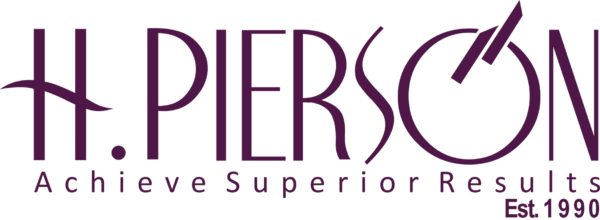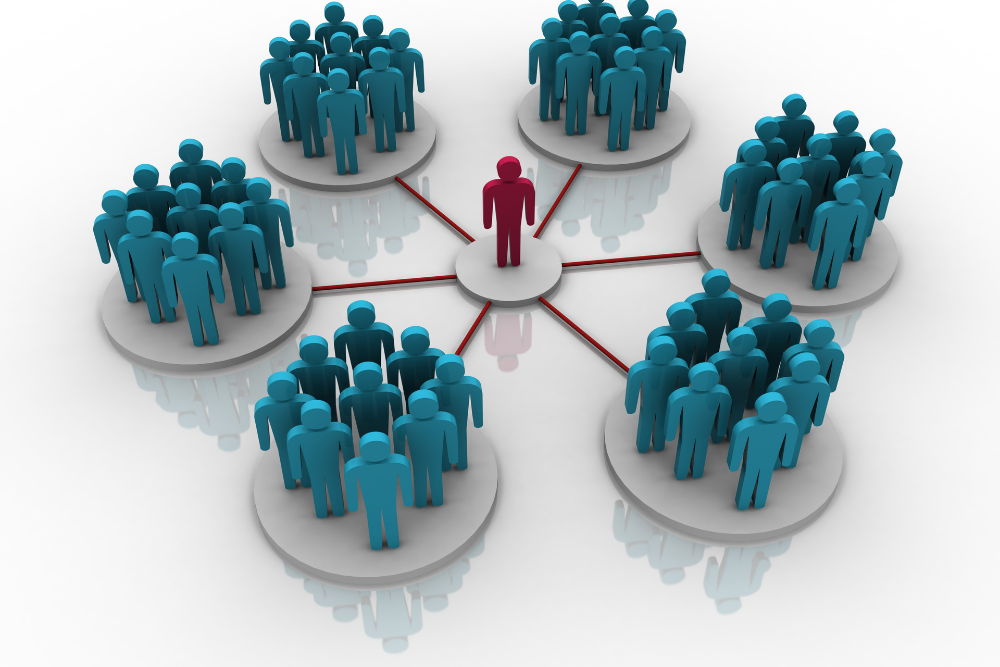By 2026, many serious public institutions in Nigeria and across Africa could be running on more digital rails e.g., e-procurement, HRMIS, case-management, revenue portals, even AI copilots for drafting and checking. That shift will create a new kind of visibility: leaders will be able to see in real time how fast services move, how many files are rejected, how many citizens use digital channels, and where bottlenecks sit. Once that level of visibility arrives, the old way of reporting training – “40 officers trained in Q2”, will no longer be convincing. The question will not be “did you train them?” but “where in the system can we see the effect?”
That is the problem outcome-based performance is meant to be solved.
1. Why the old model will not survive 2026
For years, capacity building in government has been designed for compliance: send people on courses, collect certificates, close the file. It worked because performance data was weak, and budgets were a bit more forgiving. In a 2026 environment where ministries of finance, donors and state executives are pushing performance-informed budgeting, that approach will look wasteful. Digital government also changes the standard — if a process is now automated, training should either make officers use the automation better or remove the delays that humans still control. If it does not, it will be judged as noise.
So, the first shift is philosophical: training cannot be recorded only as an event; it must be recorded as a contribution to a result.
2. What outcome-based performance actually is
At its simplest, it is a discipline of starting from the outcome the institution wants and working backwards to the learning. If an MDA wants to reduce permit processing time, then any related training must show up later as quicker approvals in the system. If a revenue agency wants more taxpayers using the portal, then customer-facing training must show up as higher successful logins. If the Office of the Head of Service wants managers to adopt AI tools, then leadership programmes must show actual AI usage in documents, correspondence or service desks. Learning is judged by the footprint it leaves.
This is also what makes it possible to defend the spend: you can point to a dashboard, not just minutes of a workshop.
3. Making learning count for promotions
One reliable way to make officers take learning seriously is to connect it to career progression. In 2026, that connection should be evidence-based, not ceremonial. An officer who attended “AI for Public Service Delivery” should be able to show where that knowledge was applied, for example, using an AI tool to speed up correspondence reviews or to improve the quality of reports submitted to the ministry. Promotion boards should see this evidence alongside the usual qualifications. That way, learning becomes a way to demonstrate readiness for modern public service, not just to collect paper.
4. Making learning count for service improvements
Service delivery is where ministers, governors, and citizens actually feel the state. This is where outcome-based performance must speak clearly. Instead of listing many hypothetical benefits, it is better to insist on a small number of concrete improvements after each training cycle – a shorter processing time in a land office because staff now follow the digital workflow; a reduction in file queries at the budget office because planners were trained to screen projects better; higher first-contact resolution in a revenue call centre because officers were trained on the portal they support. These are believable because, by 2026, most of them can be verified inside the government’s own systems.
5. Making learning count for budgets and donors
This is the test that many HR and L&D units fail. A finance ministry or partner agency is not opposed to training; it is opposed to spending on training that never appears in performance reports. The safest way to defend the line in 2026 is to present the three things together: what the indicator looked like before the training, what it looked like a month or two after, and how the intervention supported a named government priority such as e-government rollout, revenue automation or citizen-facing reforms. When the story is told that way, the training budget is no longer an isolated request; it is a tool that helped the institution reach a published goal.
6. A realistic 90-day start
This does not need to start as a huge reform. An MDA can begin by taking its 2026 training calendar and writing the expected result beside each item. Anything that has no plausible result can be paused or redesigned. The training report template can be adjusted so that departments report not only the number of officers trained but also what changed afterwards. Directors and Heads of Department can then be briefed to ask returning officers one question: “what will you change because of this training?” That single managerial habit often determines whether the learning shows up in the system.
Conclusion
By 2026, the people funding government — finance ministries, development partners, boards, even governors — will care less about how many officers were sent on courses and more about where they can see the change. Outcome-based performance gives public institutions a clean, defensible way to answer that question. It ties learning to the systems the government already uses, to the promotions officers already want, and to the service standards citizens are already demanding. When training leaves a footprint in those places, it stops being an easy budget cut and becomes part of how the institution proves its value.
- If you want your 2026 training plan to be defendable, request an outcome-based review of your current courses so each one is tied to a measurable result.
- Invite us to run a short leadership workshop for your Directors and HoDs on how to make “learn → apply → prove” a normal management habit.
- Ask for a performance-linked curriculum tailored to your digital, AI and citizen-service priorities for 2026, so what staff learn is exactly what shows up in the system.











